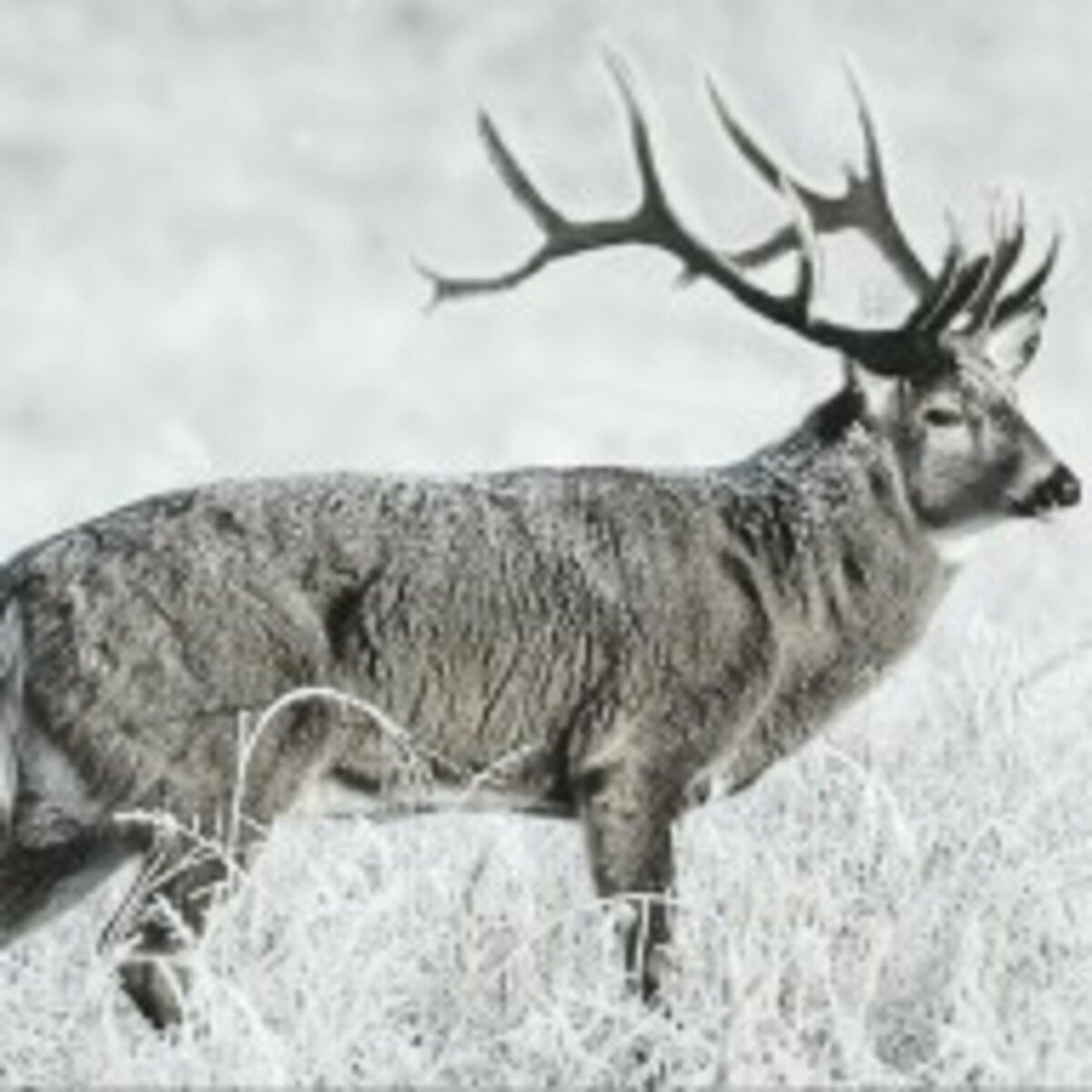
The greater sage grouse, an unique and iconic bird of the American West, has been declared extirpated in North Dakota, marking a somber milestone for wildlife conservation in the state. The 2025 annual spring breeding grounds survey conducted by the North Dakota Game and Fish Department (NDGFD) found no active leks - or communal breeding grounds - and zero male sage grouse, marking the first time in history that no males were observed at known leks. This follows a steep population decline, with only three males recorded last year, compared to 31 in 2014 and approximately 250 in the early 1990s.
“This is the first time ever we were not able to find any male sage grouse at active leks in North Dakota,” NDGFD upland game management supervisor Jesse Kolar said. “It’s not unusual for leks to blip out and reactivate when populations rebound, [but] with our state population completely drying up, I don’t expect we’ll experience those rebounds, unless [sage grouse disperse] from Montana or South Dakota.”
The primary driver of the sage grouse’s decline, not only in North Dakota, but in other western states as well, has been the loss and fragmentation of sagebrush habitat. Historically, sage grouse in North Dakota were confined to the southwest counties which included Bowman, Slope, and Golden Valley. Sagebrush, a critical component of their habitat, provides food, cover, and nesting sites, yet only half of North Dakota’s historical sagebrush habitat remains. With much of the state’s sagebrush degraded by agricultural conversion, energy development, transmission lines, rural subdivisions, and invasive plants like cheatgrass, altered fire cycles and grazing practices have further diminished the quality of what remained in terms of suitable habitats.
Leaving sage grouse with fewer viable places to thrive, paired with the challenges these birds faced with West Nile virus, the deadly combination of disease and habitat loss has been hammering these unique game birds for decades now.
Even aggressive efforts to reverse the decline have been extensive but ultimately unsuccessful. Between 2017 and 2021, the NDGFD translocated 300 sage grouse from Wyoming to bolster North Dakota’s population. In one effort, 60 birds (40 females and 20 males) were moved to Bowman County, equipped with GPS or VHF devices for monitoring. Despite the significant cost and effort, many translocated birds did not remain in the state or failed to reproduce sustainably, rendering the program ineffective in stabilizing the population.
Habitat restoration has also been a priority. The NDGFD, in collaboration with the USDA-Natural Resources Conservation Service and the Bureau of Land Management (BLM), has focused on sagebrush plantings, controlling invasive species, and promoting grazing practices that enhance residual grass cover. However, these efforts have been hampered by the prevalence of private land ownership in the region, which complicates large-scale habitat management.
The greater sage grouse remains a conservation priority across its range, with Wyoming hosting the largest population in the country. Efforts in Wyoming, such as controlling invasive weeds to protect sagebrush, have shown some success. The Cowboy State’s proactive measures have not only helped avoid an ESA listing but also benefited over 350 sagebrush-dependent species, such as Brewer’s sparrow and mule deer, with studies showing population increases for some species due to habitat restoration. Wyoming’s model of stakeholder collaboration, science-based management, and targeted habitat protection has been emulated across the West, though ongoing threats like habitat loss (1.3 million acres annually) and political jousting over land development continue to challenge progress.
The absence of sage grouse in the 2025 survey suggests they are functionally extinct in North Dakota unless birds migrate from neighboring Montana, South Dakota, or Wyoming. Unfortunately, populations in these states are also declining, reducing the likelihood of natural recolonization.
The extirpation of the sage grouse is not just a loss for North Dakota’s biodiversity; it signals broader declines in the prairie ecosystem, affecting other species like mule deer and pronghorn. As conservationists look to the future, the focus remains on protecting and restoring sagebrush habitats across the West to mitigate any further losses.

